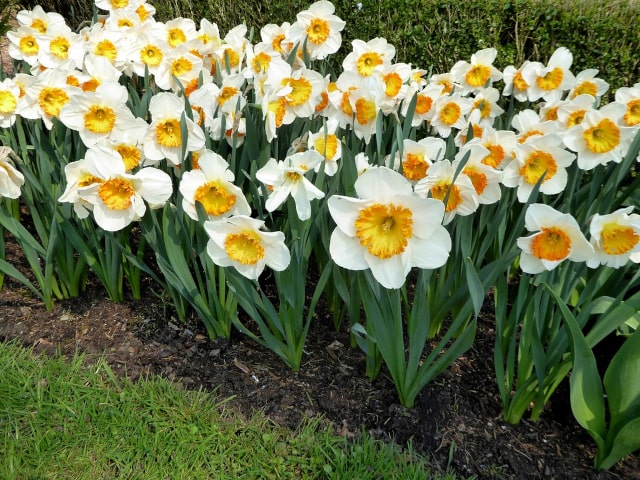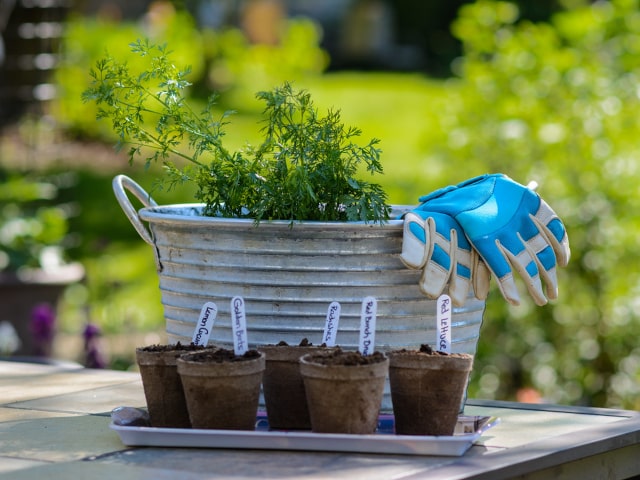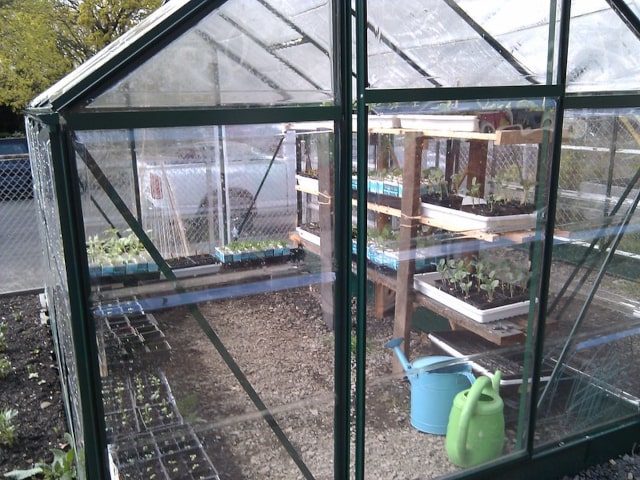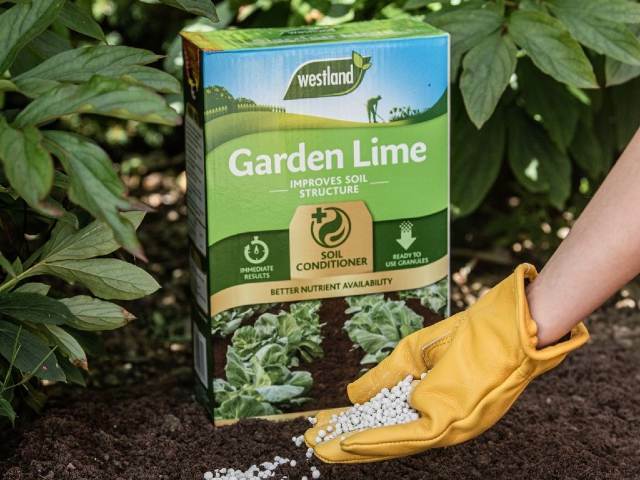
Finding a good fertilizer and knowing how to apply it is very important to ensure wellbeing of your garden and house plants. However, choosing the best fertilizer can be very confusing. Many plants should be fertilized in spring, so this is when many people first encounter the problem of finding the best fertilizer for their plants, though this dilemma may occur at any time of the year.
There are many bags and packages of different types of fertilizers, which can be confusing, especially for the new gardeners. It's understandable you want to make your lawn and your plants look better, but choosing an appropriate fertilizer can be tricky, especially if you don't understand all the technical terms.
Fertilizer Basics
The first thing you need to understand about fertilizers is that they provide much-needed elements to your plants, elements that are not always available through the soil. Your plants need food, water and protection to survive, and many of the vital elements can naturally found in the environment. However, there are three major elements that can mainly be acquired through feeding your plants with a fertilizer: nitrogen, potassium and phosphorus. Use these elements and your plants will thrive.
Before you purchase a fertilizer from a garden soil you need to understand what each of these elements do and why it's important for your plants.
- Nitrogen is the most important of the three elements. It gives the grass its rich green color and it makes for sturdy plants with dense, thick leaves. Strong plants have a natural protection against bugs and other pests.
- Potassium works along with nitrogen in making the roots and foliage strong. It will enhance the plant's ability to resist drought, wear and tear, as well as diseases and cold weather.
- Phosphorus works under the surface and encourages strong root growth.
How to Buy a Fertilizer
All fertilizers you can buy in a garden center or a nursery will contain all of these three major elements. However, they don't all come in the same amounts. The amount of the each element varies from fertilizer to fertilizer. This is why fertilizer brands list their major elements in a three digit number, such as 30-10-10 or 12-6-8.
Each of the numbers represents the percentage of the each element in the mix, always in the following order: nitrogen, phosphorus and potassium.
Each blend serves a different purpose or need. For example, if a blend has more potassium it's good for preparing plant for winter. Therefore, before you buy a fertilizer, it's important to determine what your plants need and what the right combination of elements in the mix is.
Some of the factors you need to consider are: soil type, time of year, climate and, most importantly, type of the plants you have. Each plant has its own fertilizer requirement so it's important to inform yourself about the needs of every individual plant variety so you will know what kind of a fertilizer it requires.
Fertilizer Types
Another thing you need to keep in mind is that there are different fertilizer types you might want to use. The most common types of fertilizers are:
- Granular (they come in two sub-types: slow and fast release)
- Liquid fertilizers
- Synthetic fertilizers
- Organic fertilizers
There are even seasonal blends made for plant feeding, for example, late spring blends or fall blends.
- Granular types are very popular because of their longevity and ease of use. The granulars typically come dry in bagged form. All you need is a tool such as a Scotts fertilizer spreader to apply them. Before the use, make sure to read the bag, since there are two different types of granular fertilizers: slow-time release and fast-release formulas. Slow-release formulas can provide fertilization over two to six months (the time varies based on heat and water). When it comes to fast-release types, the nutrients are released faster, which works better for cold weather. Fast-release fertilizers usually cost less. When using these fertilizers, it's important to apply the right amount or else you are risking to burn your plants. The key factor to achieve the best results is watering.
- Liquid fertilizers usually come in concentrated liquid form and they are applied using a hose and nozzle or a spray bottle. These fertilizers are mixed with water before application. These fertilizers are easy to use but it's important to understand that they are not long term. The nutrients are available immediately to roots and leaves. This type of fertilizer has to be re-applied relatively often. It's a more expensive option for a fertilizer.
- Synthetic fertilizers are chemically manufactured. These are engineered fertilizers specially made to ensure the immediate release of nutrients by penetrating the soil quickly. The downside to this type of fertilizers is that the results don't last very long, so they need to be re-applied often. Another downside is that they can burn your plants if they are not applied in a correct manner.
- Organic fertilizers are made of once living organisms and their bi-products. They can be applied with a fertilizer spreader, rakes or even by hand. These are completely natural solutions and they tend to break down slowly when releasing nitrogen. They are great for improving the texture and density of your lawn, and they are a great way to amend your soil or sand. The downside to using this type of fertilizers is that they often have a strong foul smell (manure).
Photo credit: UGA CAES/Extension




0 Comments